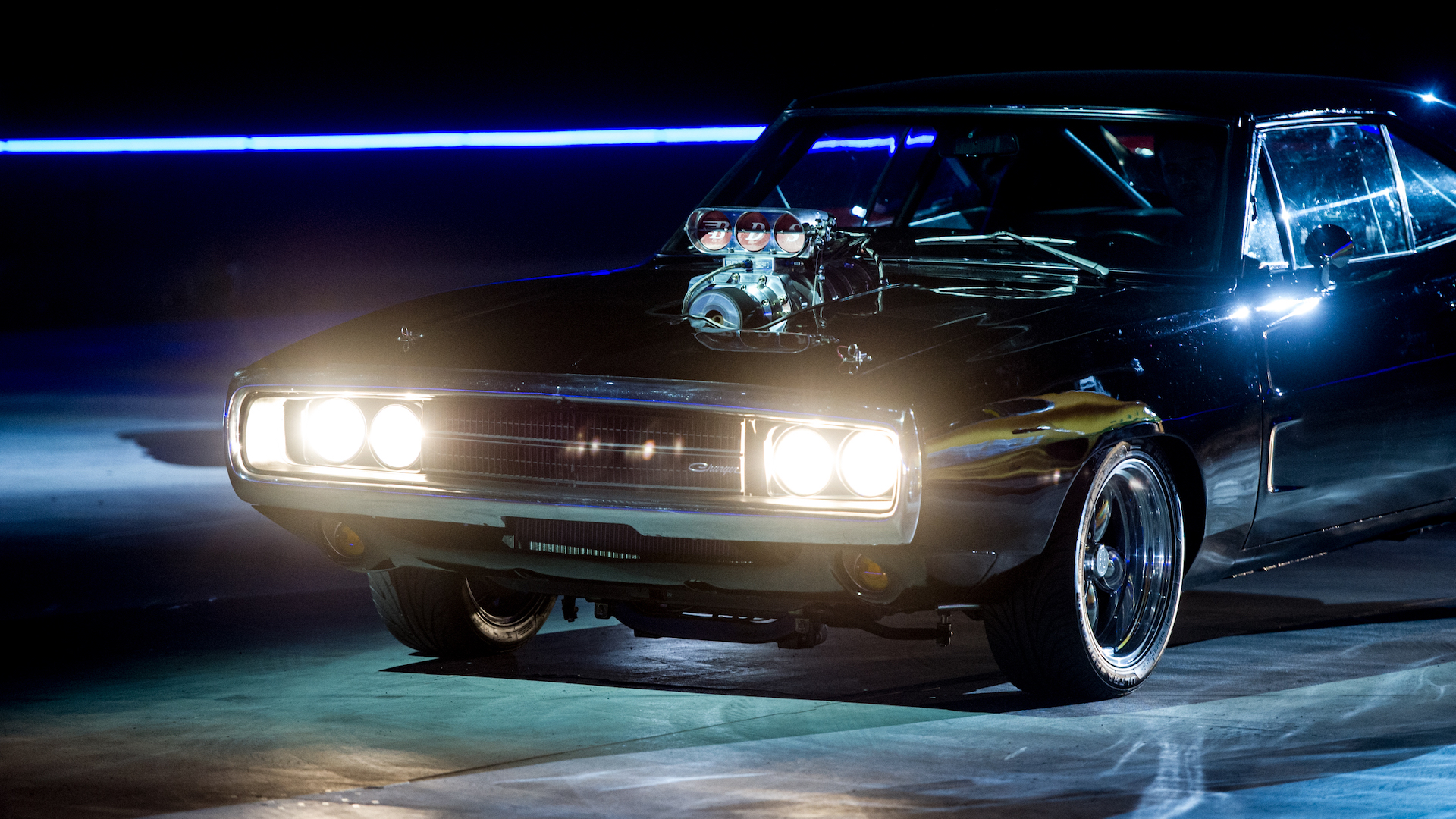

In the 18 years since 2001’s The Fast and the Furious blockbuster, fervent fans of the series have done their best to recreate those iconic tuner cars from the film that started it all. It’s easy enough to find a crummy 1995 Mitsubishi Eclipse and slap a splash graphic and a turbo kit on there, but with the builds never fully detailed in the movie, people have relied on hearsay and breadcrumbs from the official Wiki for information. Until now.
The first film’s technical advisor Craig Lieberman has been expanding his online presence in 2019, giving followers of his newly popular YouTube channel an inside look at the history and development of one of Hollywood’s greatest smash hits. His videos cover everything from the car selection process to stunt breakdowns—but he also maintains a website called Fast and Furious Facts. The site provides the exact build sheets and specs for the hero cars from the first movie.
For the most part, the production crew slapped body kits and paint jobs on automatic-transmission beaters, but for every few tilt-your-head-and-squint stunt cars, there was a real street weapon on set. Lieberman’s site details the full list of mods, power figures, and backstories of almost every car from Brian’s Supra to Johnny Tran’s Honda S2000 and the Honda Civics used in the heist scenes. Let’s roll through the most important cars to race in the first film in the order they appeared.
Brian O’Conner’s Mitsubishi Eclipse

We hate to be the bearers of bad news, but Officer Brian O’Conner’s Mitsubishi Eclipse was neither the turbocharged all-wheel-drive Eclipse GSX, nor the lesser GS-T. Instead, the movie car had a Chrysler 420A, a naturally aspirated, twin-cam 2.0-liter engine with a small handful of mods. A cold air intake, Hotshot header, and bored-out throttle body allowed this Eclipse to make only 140 horsepower at the crank. And while it may have carried enough NOS for Paul Walker to “blow himself up,” it never could’ve—because the 75-shot of nitrous was never actually plumbed into the engine.
Dom Toretto’s Mazda RX-7

With the above in mind, it’s no surprise that Dom Toretto’s Mazda RX-7 blew Brian’s Eclipse out of the water. Nevermind that the RX-7 was about twice as powerful as a base Eclipse from the factory, but every stage of the movie car’s induction and exhaust system was upgraded in some way. Cold air intakes fed the rotary’s twin turbochargers, whose boost was condensed by a Blitz intercooler before tumbling down a custom intake manifold into the car’s ported 13B-REW. Combustion byproducts exited through the car’s two turbos and out the back via aftermarket exhaust components from Blitz and Racing Beat.
Though the movie showed this car with a serious nitrous system, it was just for show, and wouldn’t have been needed to win the film’s first race. With around 330 horsepower at the rear wheels—good for a quarter-mile in the low 13s—it’s obvious Dom chose to win by an inch, rather than a mile.
Johnny Tran’s Honda S2000

Johnny Tran didn’t have $100,000 under the hood of his Honda S2000, but that doesn’t mean he didn’t have enough to win Jesse’s pink slip. With an aftermarket exhaust manifold feeding an HKS exhaust, a Comptech centrifugal supercharger, and an 80-shot of NOS, supposed engine wizard Jesse should have known that he was doing battle with an approximately 370-horsepower car. Even with a 150-shot of nitrous, his Volkswagen Jetta and its moderately tuned, naturally aspirated 2.0-liter never stood a real chance.
Brian O’Conner’s Toyota Supra Turbo

Lastly, the build you really care about: Brian’s Toyota Supra Turbo. Being the personal property of Craig Lieberman himself, the Supra was the most extensively modified car on set in addition to being the best-documented. A lengthy list of Greddy parts is joined by a Turbonetics T-66, a ported and polished cylinder head, custom manifolds, enough chrome to cover Delaware, and as Craigslist sellers like to say, too much more to list here. With its wet NOS system running, the real F&F Supra could lay down almost 670 horsepower on the right dynamometer.
Could it beat the real Dom Charger, then? Though the specs of the movie car have been lost to time, it’s thought that most of the Chargers used in filming had 318 cubic-inch V8s that barely ran. They say to finish first, you must first finish, so the winner of a race between a junkyard Dodge and a well-built Supra should be obvious to you.
There’s more info on Lieberman’s site, which encompasses the heist Civics and some of the hero cars from 2 Fast 2 Furious. Lieberman told The Drive that he’ll keep adding build dossiers over time, though he’s primarily focusing on his YouTube channel, which is a goldmine of information if you’re an F&F fanatic.
